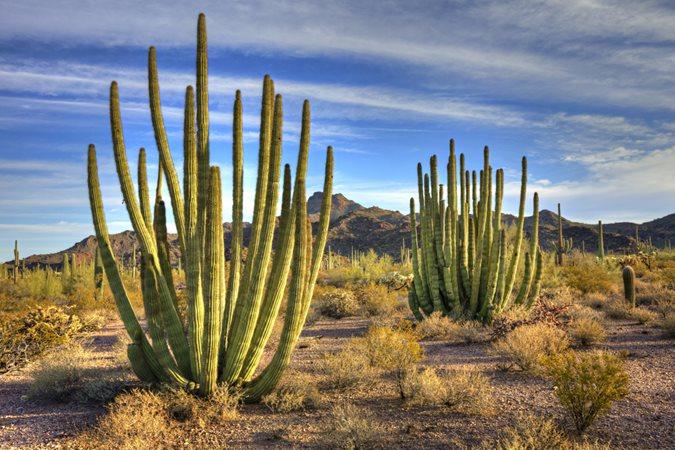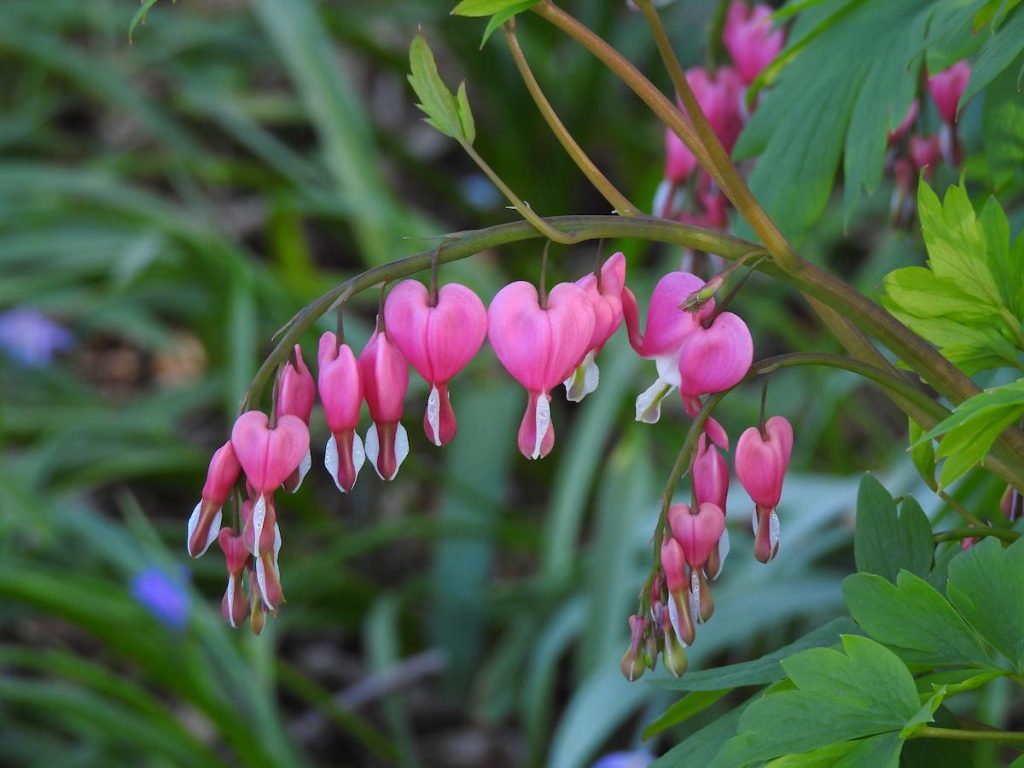In the ever-unfolding tapestry of our planet, plants weave intricate narratives that speak to the diverse ecosystems from which they originate. From the arid deserts to lush rainforests, beneath the cascading mountains to the depths of shimmering oceans, flora flourishes in myriad forms, each telling a story of resilience, adaptability, and beauty. This exploration invites you on a journey across continents and climates, shedding light on unique plants that captivate the imagination and invite curiosity. Whether draping themselves over rocky terrains or boasting vibrant blooms that defy the ordinary, these botanical marvels remind us of nature’s boundless creativity and the wonders waiting to be discovered in every corner of our world. Join us as we delve into this green gallery of life, uncovering the extraordinary plants that enrich our planet and inspire awe in all who encounter them.
Table of Contents
- Intriguing Flora of the Rainforest: A Journey into Biodiversity
- Desert Survivors: Adaptations of Unique Plants in Arid Landscapes
- Coastal Treasures: The Remarkable Plant Life of Marine Ecosystems
- Mountain Majesties: Uncovering the Resilience of Alpine Flora
- Final Thoughts
Intriguing Flora of the Rainforest: A Journey into Biodiversity

The rainforest is a tapestry of life, woven together by an astonishing variety of plants that have adapted to thrive in its complex ecosystems. From the towering kapok trees, which can reach heights of over 200 feet, to the delicate orchids that bloom among the understory, each specimen plays a crucial role in maintaining the balance of its environment. Here, you’ll find remarkable adaptations, such as the strangling fig, which begins its life as an epiphyte, sending roots down to envelop its host tree, eventually leading to the host’s demise. Furthermore, the vibrant colors of carnivorous plants, like the pitcher plants, not only entice unsuspecting insects but are also a testament to nature’s ingenuity in nutrient acquisition.
As we delve deeper into this verdant world, it becomes clear that some plants have developed unique relationships with their surroundings. For example, the bromeliads capture rainwater, creating miniature ecosystems where creatures, including frogs and insects, can thrive. The moringa tree, often dubbed “the miracle tree,” is renowned for its nutritional benefits and rapid growth, highlighting how some flora can significantly impact local communities. Here’s a brief look at some remarkable plants found in the rainforest:
| Plant | Unique Feature |
|---|---|
| Kapok Tree | Provides habitat for diverse wildlife. |
| Orchids | Over 25,000 species with varying shapes and colors. |
| Strangling Fig | Starts as an epiphyte; eventually engulfs host trees. |
| Carnivorous Plants | Adapted to nutrient-poor soils, trapping insects for sustenance. |
| Bromeliads | Collect rainwater, forming mini ecosystems. |
| Moringa Tree | Highly nutritious leaves, fast-growing species. |
Desert Survivors: Adaptations of Unique Plants in Arid Landscapes

In the vast, arid landscapes where life seems scarce, plants have developed remarkable adaptations to survive extreme conditions. Water retention is one of the most crucial adaptations on display. Many succulents, such as the famous saguaro cactus, evolve thick, fleshy tissues that allow them to store significant amounts of water during rare rain events. Other fascinating examples include the boojum tree, native to Baja California, which not only stores water in its long, slender trunk but also minimizes surface area to reduce moisture loss through evaporation. This remarkable strategy enables them to thrive in regions that may see little to no rainfall for extended periods.
Moreover, some plants possess unique strategies for heat management and reproductive success. The Welwitschia mirabilis, found in the Namib Desert, boasts a pair of long, strap-like leaves that continue to grow throughout its lifetime, allowing it to capitalize on the moisture from coastal fog. Additionally, many desert plants utilize nocturnal pollination; for instance, the desert evening primrose opens its blooms at dusk, attracting nighttime pollinators like moths. By adopting such innovative survival strategies, these extraordinary organisms not only endure harsh climates but also contribute to the rich tapestry of biodiversity that characterizes desert ecosystems.
Coastal Treasures: The Remarkable Plant Life of Marine Ecosystems
Along coastlines around the world, a diverse array of plant life thrives, each contributing unique beauty and vital ecosystems. From seagrasses to mangroves, these remarkable plants play a critical role in maintaining the health of marine environments. Seagrasses are not only beautiful but serve as vital underwater meadows that provide habitat for various marine species. Meanwhile, mangroves act as impressive guardians against coastal erosion, their intricate root systems stabilizing shorelines and offering a haven for countless organisms.
The adaptations of these coastal plants are truly fascinating. They possess specialized features that allow them to survive in saline environments, including:
- Halophytes: Plants that thrive in salty conditions, filtering excess salt through their roots.
- Salt Marsh Plants: Such as Cordgrass, which can tolerate inundation and provide shelter for wildlife.
- Beach Vegetation: Beachgrass and sea oats that stabilize sandy dunes and prevent erosion.
| Plant Type | Key Function | Location |
|---|---|---|
| Seagrass | Habitat for marine life | Shallow coastal waters |
| Mangroves | Coastal protection | Tropical and subtropical regions |
| Salt Marsh Plants | Wildlife shelter | Intertidal zones |
Mountain Majesties: Uncovering the Resilience of Alpine Flora
Across the rugged landscapes of the mountains, a tapestry of life unfolds in the form of resilient alpine flora. These plants, adapted to extreme conditions, thrive where few others can, showcasing nature’s incredible ability to endure. The diversity of species found at high elevations not only contributes to the ecological balance but also offers a glimpse into the intricate adaptations that have allowed them to flourish in challenging climates. Some of the remarkable traits these plants possess include:
- Thick Waxy Leaves: Help retain moisture in arid conditions.
- Low Growth Habits: Minimize damage from strong winds.
- Colorful Petals: Attract pollinators during short growing seasons.
- Deep Root Systems: Anchor against erosion.
Moreover, characterized by their stunning beauty, alpine plants often create a breathtaking display during flowering seasons. The striking contrasts of colors against stark rocky backdrops invite explorers and photographers alike, each seeking to capture the ephemeral beauty of these high-altitude botanicals. Among the celebrated alpine species, a few notable examples include:
| Plant Name | Features | Habitat |
|---|---|---|
| Alpine Forget-Me-Not | Bright blue flowers, beloved by pollinators | Rocky outcrops and scree slopes |
| Mountain Avens | Golden yellow blooms, forms dense mats | Shady, moist alpine meadows |
| Snow Buttercup | Bright green leaves emerging early | Snowfields and seep areas |
Final Thoughts
As we conclude our journey through the captivating world of unique plants, we are reminded of nature’s boundless creativity and resilience. Each leaf, petal, and root tells a story of adaptation, survival, and the intricate balance of our ecosystems. From the enigmatic warmth of the tropical rainforests to the stark beauty of arid deserts, these remarkable flora not only enrich our planet but also inspire us to observe and appreciate the diversity around us.
In exploring these wonders, we are urged to cultivate a deeper connection with the natural world, fostering a spirit of conservation and wonder in our everyday lives. Nature’s treasures await us, whispering tales of their environments and beckoning us to explore further. So, whether you’re a seasoned botanist or a curious wanderer, let the extraordinary array of plants ignite your passion for discovery and remind you of the beauty that thrives in every corner of our Earth. After all, the allure of nature lies not just in what we see, but in the stories we uncover along the way.



